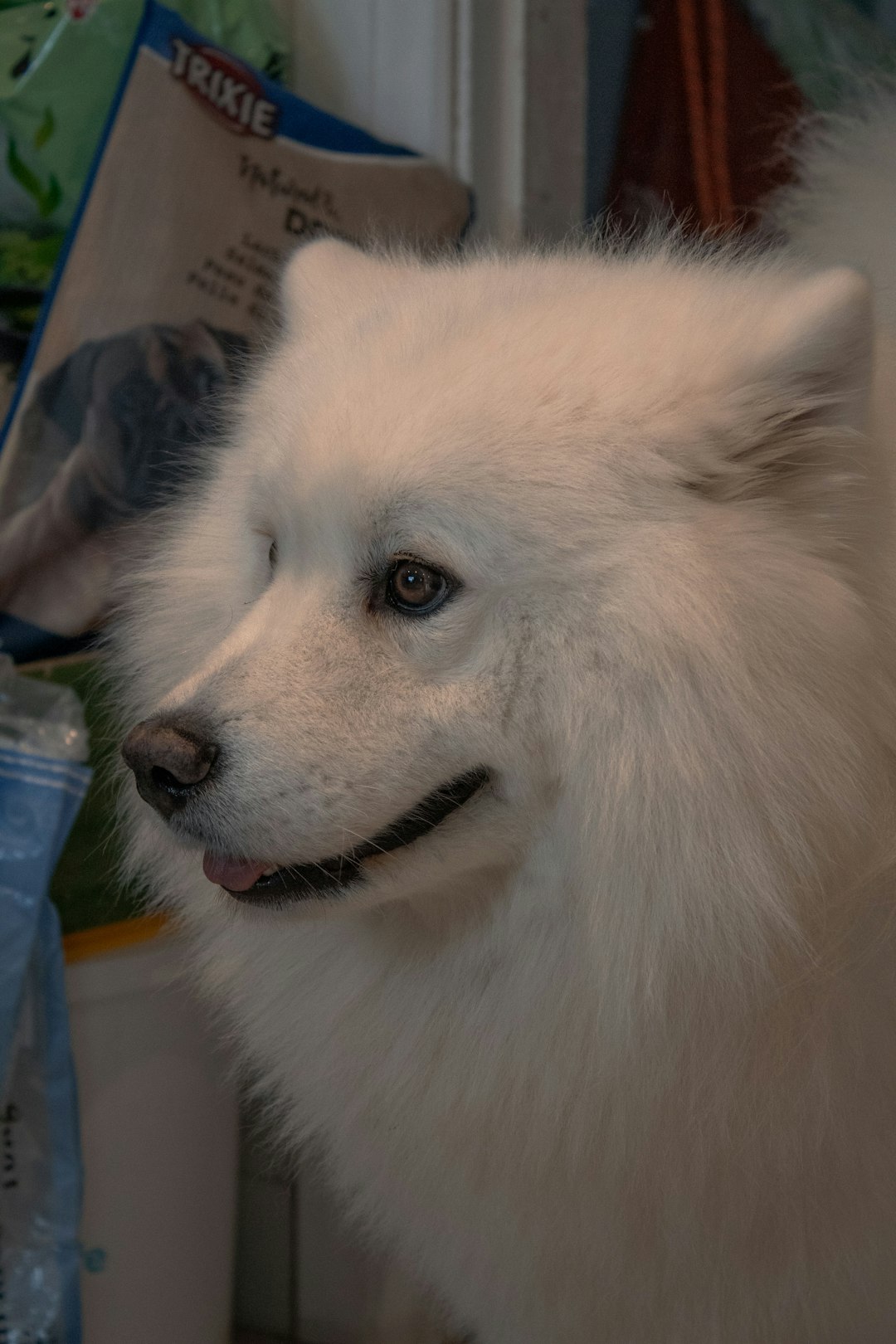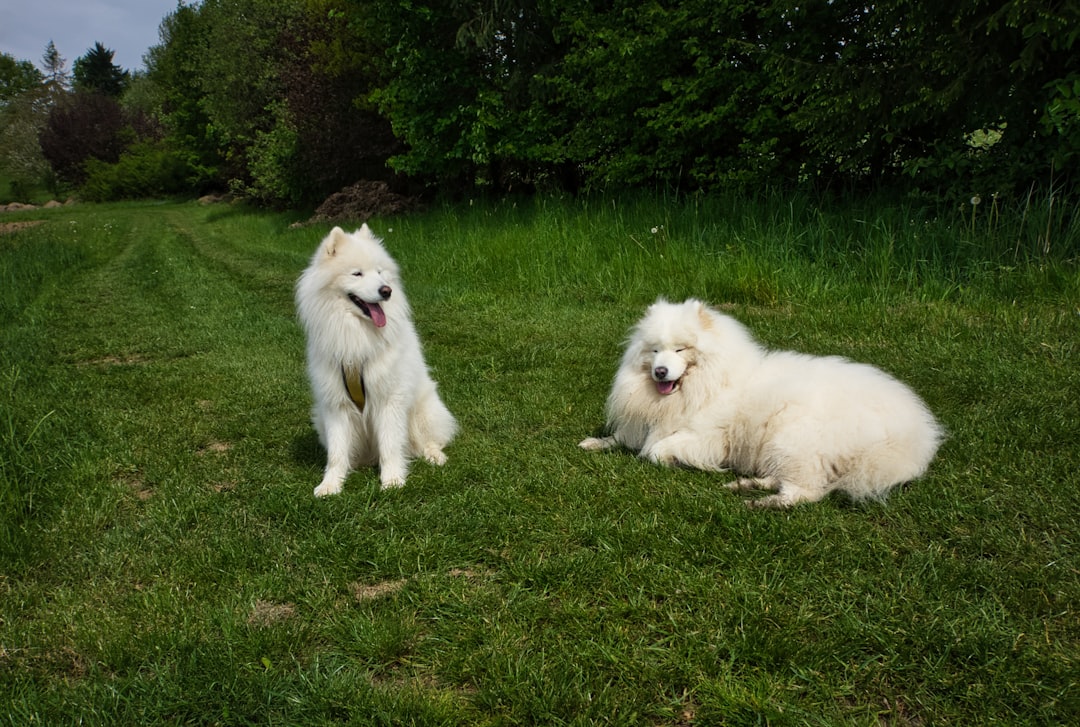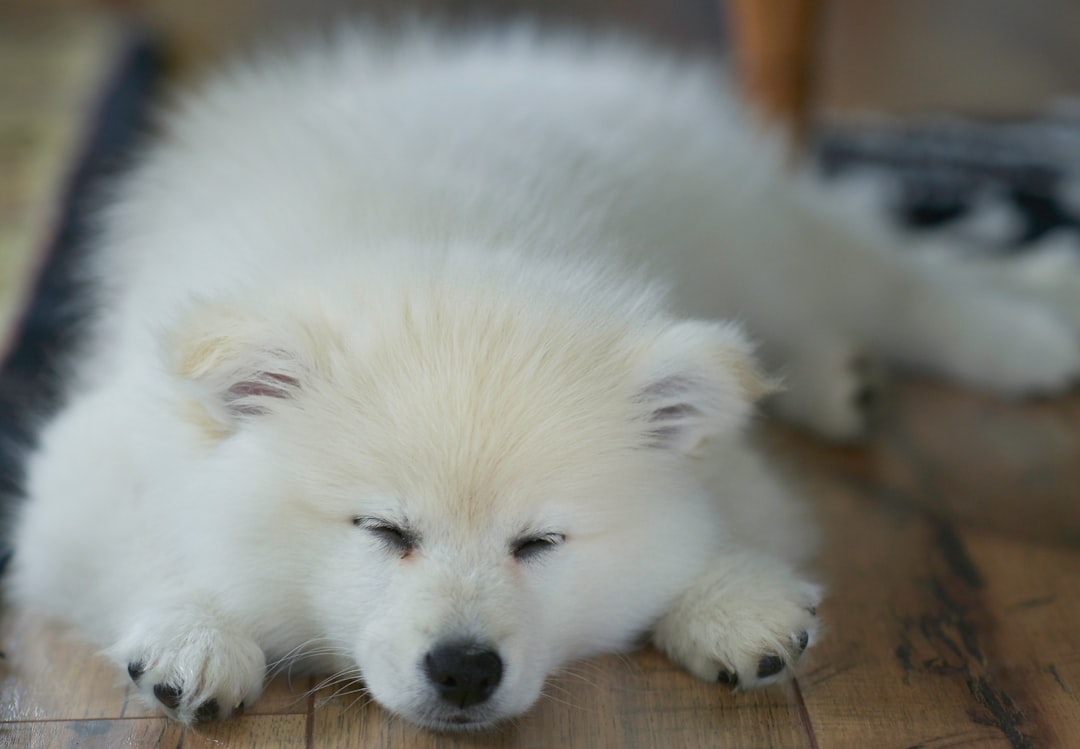When considering adding a poodle to your family, understanding the differences is crucial. The debate of Toy Poodle vs Mini Poodle holds significant weight for potential dog owners. Each breed boasts unique traits, from size and temperament to grooming needs. By exploring these key differences, you can make an informed decision that aligns with your lifestyle and preferences. Dive in as we uncover the essential aspects of both the Toy and Mini Poodle, ensuring you find the perfect companion for your home.
Size Comparison Between Toy and Mini Poodles
When comparing the Toy Poodle vs Mini Poodle, size is the most noticeable distinction. Here’s a breakdown of their sizes:
| Size Category | Toy Poodle | Mini Poodle |
|---|---|---|
| Height | 10 inches and under | 10 to 15 inches |
| Weight | 4 to 6 pounds | 10 to 15 pounds |
Key Points:
- Toy Poodles are the smallest of the three Poodle varieties, with a height of up to 10 inches. They make excellent companions for people with limited living space.
- Mini Poodles, on the other hand, stand between 10 to 15 inches tall, making them more suitable for families needing a sturdy yet playful dog.
Conclusion
Thus, your choice between Toy Poodle vs Mini Poodle may depend significantly on the size that fits best with your lifestyle. Whether you prefer the compactness of a Toy Poodle or the slightly larger stature of a Mini Poodle, both remain delightful companions!

Temperament and Behavior Traits
When comparing Toy Poodle vs Mini Poodle, their temperament and behavior traits reveal essential insights for potential owners.
Toy Poodles:
- Playful: Known for their lively spirit, Toy Poodles enjoy interactive games and love to entertain.
- Affectionate: They form strong bonds with their owners, often displaying a clingy yet loving demeanor.
- Intelligent: Highly trainable, Toy Poodles thrive on mental stimulation and challenge.
Mini Poodles:
- Balanced: Mini Poodles showcase a mix of playfulness and calmness, making them adaptable to various environments.
- Guarding Instinct: They exhibit protective traits, often alerting owners to strangers while remaining friendly.
- Social: Easy to socialize, Mini Poodles tend to get along well with other pets and children.
Key Differences:
| Trait | Toy Poodle | Mini Poodle |
|---|---|---|
| Energy Level | High | Moderate |
| Attachment Level | Very affectionate | Slightly more independent |
| Social Behavior | Easily bonds with family | Good with other animals |
In summary, both breeds share intelligence and playfulness, yet differ slightly in their attachment levels and social behaviors. Understanding these traits helps in choosing the right fit for your lifestyle in the Toy Poodle vs Mini Poodle debate.
Grooming Needs for Each Breed
When comparing the grooming needs of the Toy Poodle vs Mini Poodle, both breeds require consistent upkeep due to their curly coats. However, some differences exist:
Toy Poodle:
- Hair Type: Soft and dense curls.
- Grooming Frequency: Every 4-6 weeks for a professional trim.
- At-Home Care: Regular brushing (at least 2-3 times a week) is crucial to prevent matting.
Mini Poodle:
- Hair Type: Slightly coarser curls.
- Grooming Frequency: Similar to the Toy Poodle, a trim every 4-6 weeks.
- At-Home Care: Weekly brushing works well, but be attentive to areas prone to tangles, such as behind the ears.
Key Points to Consider:
- Both breeds benefit from routine nail clipping and dental care.
- Consider investing in high-quality grooming tools tailored to poodles.
In conclusion, while the grooming needs are relatively similar, the Toy Poodle vs Mini Poodle grooming routines slightly differ mainly in hair texture and the attention required for maintenance.
Training Differences in Toy and Mini Poodles
When it comes to training, both the Toy Poodle and Mini Poodle exhibit intelligence and a willingness to learn. However, their size can influence their training approach and effectiveness. Here are some key differences:
Attention Span:
- Toy Poodles: Smaller size may lead to a shorter attention span during training sessions.
- Mini Poodles: Generally, they can maintain focus for longer periods, making them slightly easier to train.
Energy Levels:
- Toy Poodles: They require less exercise and energy expenditure, which can affect their enthusiasm during training.
- Mini Poodles: With higher energy levels, they often exhibit eagerness, making training sessions more dynamic.
Socialization Needs:
- Toy Poodles: Tend to bond more closely with their owners and can be sensitive to harsh correction, requiring gentle training techniques.
- Mini Poodles: More adaptable in social settings, they often thrive in group training environments and respond well to varied training methods.
In summary, while both breeds are trainable, the Toy Poodle vs Mini Poodle comparison highlights that Mini Poodles may have an edge in terms of attention and sociability, potentially affecting training success.

Health Concerns Unique to Each Size
When considering a Toy Poodle vs Mini Poodle, it’s essential to be aware of the unique health concerns each size may face. Here’s a breakdown of common issues:
Toy Poodle Health Concerns:
- Dental Issues: Small size can lead to crowded teeth and higher risk of periodontal disease.
- Patellar Luxation: This is a common condition where the kneecap dislocates, causing discomfort and mobility issues.
- Tracheal Collapse: The tiny trachea can weaken, leading to coughing or respiratory problems.
Mini Poodle Health Concerns:
- Hip Dysplasia: Larger than the Toy Poodle, Mini Poodles may experience hip joint issues that could lead to arthritis.
- Eye Problems: Conditions such as cataracts and progressive retinal atrophy can occur, affecting vision.
- Addison’s Disease: This adrenal condition can significantly affect overall health and requires lifelong management.
Comparison Table:
| Health Concern | Toy Poodle | Mini Poodle |
|---|---|---|
| Dental Issues | High risk | Moderate risk |
| Patellar Luxation | Common | Less common |
| Hip Dysplasia | Rare | Common |
| Eye Problems | Moderate | Common |
| Addison’s Disease | Rare | Moderate |
Understanding these health risks will help you make an informed decision as you navigate the Toy Poodle vs Mini Poodle choice.
Lifespan and Longevity Expectations
When considering a poodle, understanding the lifespan of each type plays a crucial role in your selection process. Both the Toy Poodle vs Mini Poodle have impressive longevity, but there are subtle differences to be aware of.
Lifespan Overview:
- Toy Poodle: Typically lives between 12 to 15 years. Their compact size can often correlate with a longer life span.
- Mini Poodle: Generally has a lifespan of 10 to 14 years. Their slightly larger frame may contribute to a marginally shorter lifespan.
Factors Affecting Longevity:
- Genetics: Both breeds can inherit health conditions, so responsible breeding is essential.
- Diet and Nutrition: A well-balanced diet can significantly enhance their health and longevity.
- Regular Veterinary Care: Routine check-ups help in early detection of potential health issues.
- Lifestyle: Active engagement and exercise can contribute positively to their overall well-being.
In summary, when comparing Toy Poodle vs Mini Poodle, consider that both can bring years of joy; however, the Toy Poodle may edge out slightly in lifespan.
Exercise Requirements and Activity Levels
When comparing Toy Poodle vs Mini Poodle, understanding their exercise needs is crucial for their well-being. Both breeds are energetic and require daily activity, but their levels may vary slightly.
Toy Poodle:
- Daily Exercise: 30 minutes to 1 hour
- Activity Type: Short walks, interactive play, and mental stimulation through puzzle toys
- Best suited for: Apartment living or smaller spaces, as they adapt well to indoor exercise
Mini Poodle:
- Daily Exercise: 1 hour to 1.5 hours
- Activity Type: Longer walks, running, and challenging games to keep them engaged
- Best suited for: Homes with a yard or access to open spaces, as they enjoy a variety of activities
In summary, while both breeds need regular exercise, the Toy Poodle may be content with shorter routines, whereas the Mini Poodle thrives on more extensive physical activities. Ultimately, it’s essential to tailor their exercise to their specific needs to keep them healthy and happy.

Choosing the Right Poodle for Your Lifestyle
When deciding between a Toy Poodle vs Mini Poodle, consider various lifestyle factors to ensure you choose the best companion for your needs. Both sizes possess unique traits that cater to different living situations. Here are key aspects to consider:
Space Requirements:
- Toy Poodle: Ideal for small living spaces, such as apartments.
- Mini Poodle: Requires a bit more room to roam while still adapting well to moderate spaces.
Activity Level:
- Toy Poodle: Generally lower activity levels. A few play sessions and short walks suffice.
- Mini Poodle: More energetic and may need greater exercise, including playtime and longer walks.
Family Dynamics:
- Toy Poodle: Excellent for families with young children, given their affectionate nature.
- Mini Poodle: Suitable for active families who engage in outdoor activities.
Maintenance Commitment:
- Both breeds require grooming, but a Toy Poodle may need less frequent visits to the groomer compared to a Mini Poodle.
Ultimately, choosing between the Toy Poodle vs Mini Poodle comes down to your living space, daily routine, and family lifestyle. Evaluate these aspects, and you’ll find the perfect poodle companion.
Frequently Asked Questions
What are the main size differences between Toy Poodles and Mini Poodles?
Toy Poodles are typically smaller than Mini Poodles, with Toy Poodles usually weighing between 4 to 6 pounds and standing 10 inches or less at the shoulder. In contrast, Mini Poodles weigh about 10 to 15 pounds and stand between 10 to 15 inches tall. This difference in size can affect their suitability for various living situations and activities, as Toy Poodles may be better suited for smaller living spaces, while Mini Poodles can handle more active environments.
How do the temperaments of Toy Poodles compare to those of Mini Poodles?
Both Toy and Mini Poodles are known for their intelligence and affectionate nature, however, their temperaments can vary slightly. Toy Poodles tend to be more feisty and lively, often exhibiting a playful approach to life, while Mini Poodles are usually seen as more reserved and calm. This can influence their behavior in social settings and make them suitable for different types of owners or families, depending on their lifestyle and activity preferences.
Are there any significant grooming differences between Toy Poodles and Mini Poodles?
Generally, both Toy and Mini Poodles require similar grooming routines due to their curly coats, which can trap dirt and debris. Regular brushing is necessary to prevent matting, as is professional grooming every 4 to 6 weeks. However, because of their size differences, the grooming process may take longer for Mini Poodles due to their larger coat surface area. Owners should also consider that grooming habits may influence their choice between the two types.
What are the exercise needs for Toy Poodles compared to Mini Poodles?
Exercise requirements for both Toy Poodles and Mini Poodles are moderate, but Mini Poodles generally require more physical activity due to their larger size and higher energy levels. Toy Poodles can get sufficient exercise through shorter play sessions and indoor activities, while Mini Poodles benefit from longer walks and more vigorous play, both of which help to keep them mentally stimulated and prevent behavioral issues.



